Kriyas
Trataka is one among the Shatkriya (six Yogic cleansing techniques).
This Kriya is for cleansing and strengthening the eyes. It has a purifying, invigorating effect on the mind and improves concentration, paving the way for a deeper meditation practice. Benefits of practicing Trataka
- Strengthens eye muscles.
- Can help to alleviate certain eye disorders.
- Relieves insomnia.
- Helpful in the treatment of depression.
- Helpful in the treatment of depression.
- Promotes emotional stability.
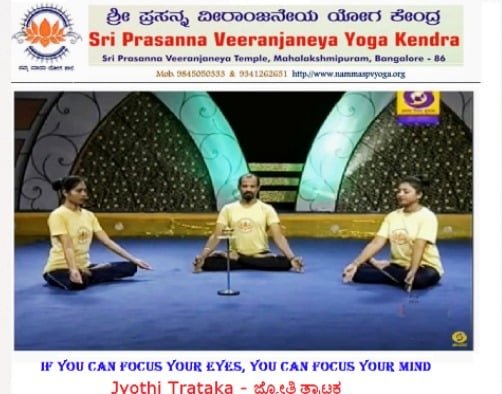

Pranayama is the formal practice of controlling the breath, which is the source of
our prana, or vital life force
“A balanced breath leads to a balanced Mind”.
“There is no greater tapa than Pranayama.
It washes away the impurities and leads to the light of real knowledge”
“Just as the impurities of metals (gold, etc.) are removed by the flame of fire, the
Indriyas throw out their impurities through Pranayama”.
The Pranayama is the preliminary exercises of breathing are designed.
“Pranayama is control of Breathing”. “Prana” is Breath or vital energy in the
body. On subtle levels prana represents the pranic energy responsible for life
or life force, and “Ayama” means expansion or stretching.
So Pranayama is “Extension of Breath and its Control”. One can control the
rhythms of pranic energy with pranayama and achieve healthy body and mind.
The Patanjali Yoga Sutras mentioned pranayama as means of attaining higher
states of awareness, he mentions the holding of breath as important practice of
reaching Samadhi. Hatha Yoga also talks about 8 types of pranayama which will
make the body and mind healthy.

STAGES OF PRANAYAMA
There are three stages of Pranayama breathing.
1. PURAKA: Inhalation.
Puraka or Inhalation must begin slowly, Puraka also teaches regulating the
entire breathing process and reduce the number of inhalations per minute.
When inhaling, listen to the sound, keep it smooth and harmonious (Musical
way). This will allow air to entire at the same rate throughout the inhalation. Try
to inhale deeply but stop when the chest or mind feels strain. Never be too
forceful in deepening the breathing. Use light force at the top of the breath.
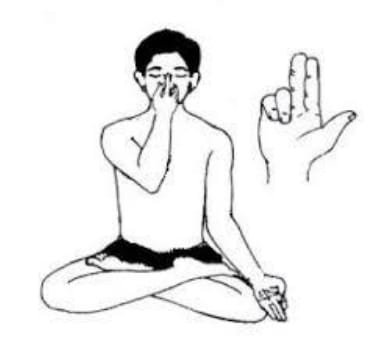
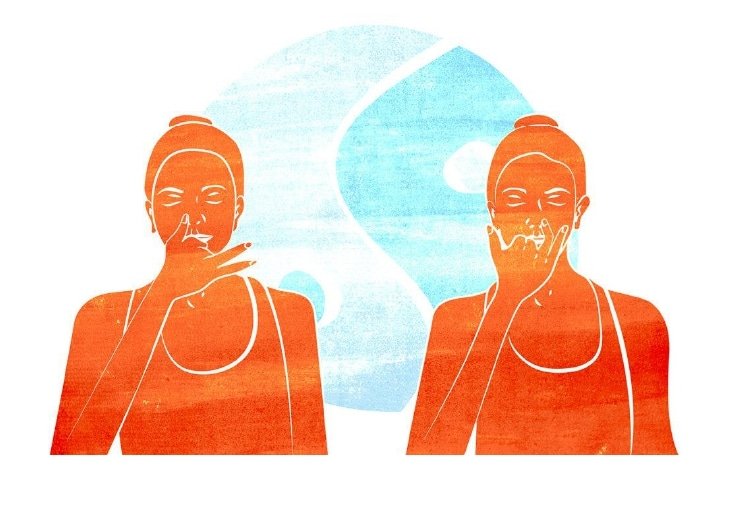
2. RECHAKA: Exhalation.
Rechaka means exhalation in
Pranayama. When exhaling, listen to
the sound. The sound should be
such that its vibration is uniform
throughout the exhalation. Rechaka
or exhalation exercises teach slow
and ordered breathing besides
reducing the number of inhalations
and exhalations per minute.
3. KUMBHAKA:
a. Antara Kumbhaka:
Antara Kumbhaka means full of container. It refers to the part of the breath
when the lungs are full of air. Once the lungs are filled with air cease forcing it
in. could not try too hard when inhaling and as a result strain the nervous
system. This can shorten the time of practitioner is able to retain after
inhalation. Using too much force when entering this Kumbhaka results in a
negative effect on the exhalation. “There is a wonderful euphoric (joy full)
feeling when the lungs are completely full. It is a time of illumination and
bliss”.


b. Bahya Kumbhaka:
“There is a deep change in the mind waves when the lungs are
completely empty. It is a time of deep detachment”. Bahya Kumbhaka
refers to the time after exhalation and before inhalation. It is the time
when the lungs have little or on air.
In advance stages, the lungs are completely emptied but in the earlier
stages it is much more fruitful to allow a little air to remain in the lungs.
c. Kevala Kumbhaka:
Kevala Kumbhaka or Sahaja
Kumbhaka is natural retention of
breath. It implies holding the breath
with no particular state of respiration in
consideration. Kevala Kumbhaka is one
of the final stages of yoga parallel with
the state of Samadhi.

BREATHING AND LIFE:

Pranayama is the art of breath manipulation and energy balance. It involves
breathing techniques practiced in thousands of different ways since ancient
times. It is the science of breath.
Pranayama begins with the regulation of breath and ends in establishing full
and perfect control over the life-currents or inner vital forces.
“Breathing is the king of the Mind” – By B.K.S Iyengar.
“When the breath wanders
the mind also is unsteady.
But when the breath is
calmed the mind too will be
still, and the yogi achieves
long life. Therefore, one
should learn to control the
breath” – By Svatmarama
Hatha yoga Pradipika.
We can possibly survive without food for a few weeks and without water
for a few days. But without breathing, we can survive for only a matter of
minutes. Human being’s breath about 15 times per minutes and 21,600 times
per day. The breath is the most vital process of the body. It influences the
activities of each and every cell. It is intimately linked with the performance of
the cell.
Most of the people breathe incorrectly. The breathing is then generally
shallow, depriving the body of oxygen and prana essential to its good health.

TYPES OF NADIS IN PRANAYAMA.
Nadis are astral tubes made up of astral that carry Pranic currents. They can be
seen by the astral eyes only. They are not the nerves. We breathe through both
the right and the left Nostrils. This activity is performed through two separate
Channels in the nose, they called as
- Ida Nadi
- Pingala Nadi
- Sushumna Nadi
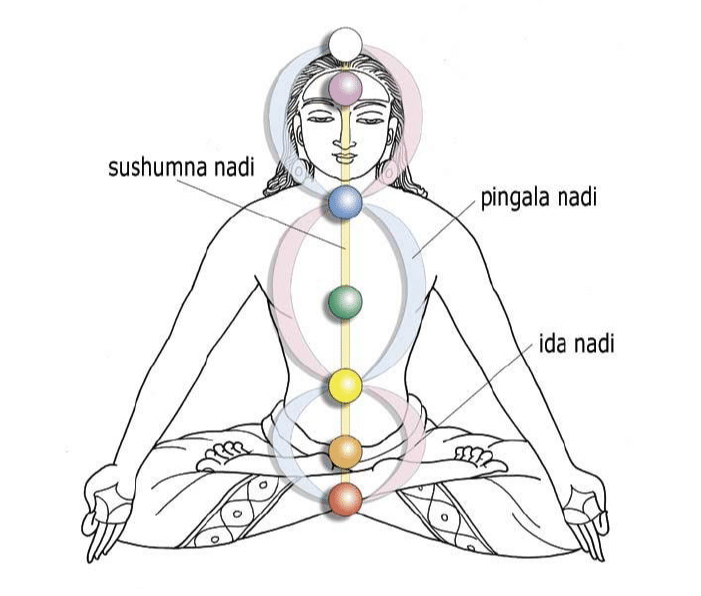
Ida Nadi
Pingala Nadi
Sushumna Nadi
Ida Nadi
The flow of Prana or Vayu through the left nostril of the body is
called Ida Nadi or Chandra Nadi. This Nadi is supposed to be cool in effect.
It influences the left part of the body and controls human thoughts and it
has Tamas Guna. Represents the moon principle.
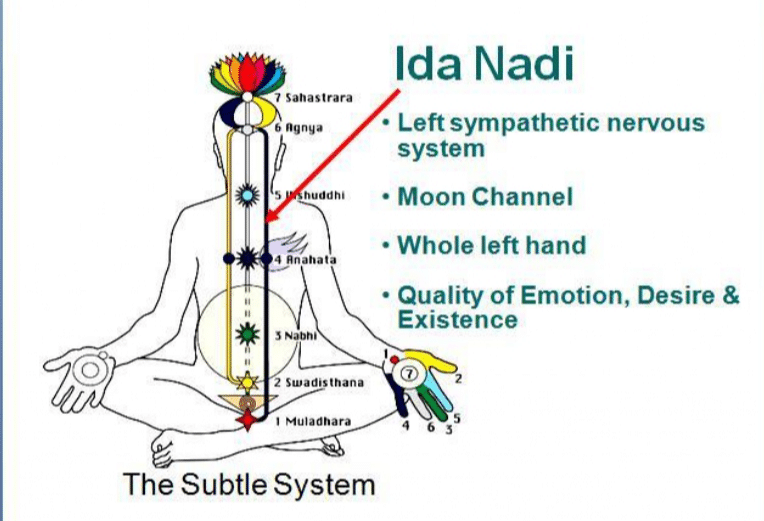
Pingala Nadi
The flow of Prana or Vayu through the right nostril of the body
is called Pingala Nadi or Surya Nadi. This supposed to be heat in effect. It
influences the right part of the body and it regulates prana Shakti in the
human body and it has Rajas Guna and symbolizes the Sun principle.

Sushumna Nadi
The flow of Prana or Vayu these two Nadis meets in the body
(through the central channel of the spinal cord) is called Sushumna Nadi, this
is central canal, neither hot nor cold, it controls and balances the other two
Nadis and it has sattva Guna. This subtle Nadi provides light and knowledge.
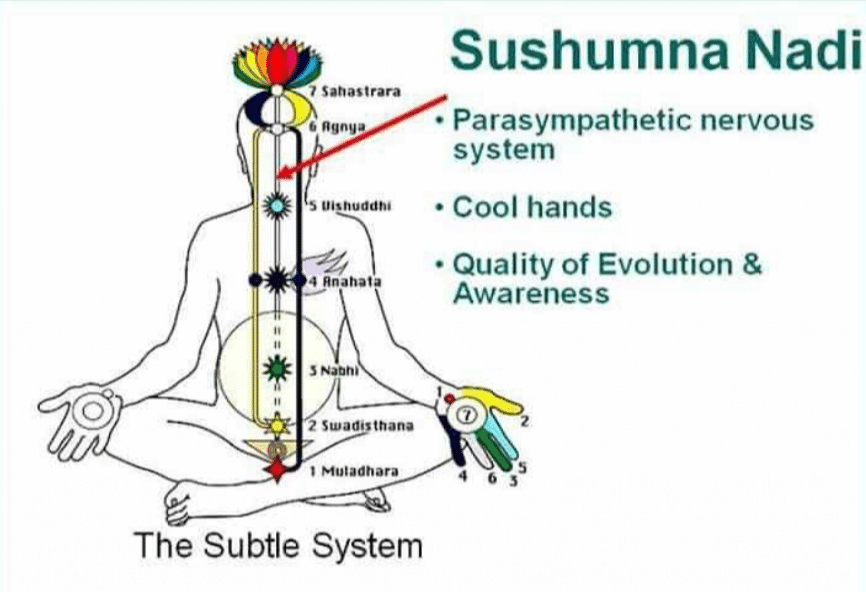

We must understand that the
objective of Pranayama is to
affect the proper balance
between Ida and Pingala to gain
spiritual upliftment through
the attainment of light and
knowledge from the Sushumna
Nadi and proper balance
among this three Nadis
provides good health and
strength.
VIBHAGIYA OR SECTIONAL BREATHING:
This is a preparatory breathing practice for Pranayama. It corrects the wrong
breathing pattern and increases the vital capacity of the lungs. It has three
sections.
Abdominal (Diaphragmatic) Breathing (Adhama):
Abdominal or
diaphragmatic breathing is practiced by enhancing the action of the
diaphragm and minimizing the action of the ribcage. During inhalation, the
diaphragm moves downward, pushing the abdominal contents downward
and outward. During exhalation, the diaphragm moves upward and the
abdominal contents move inward.


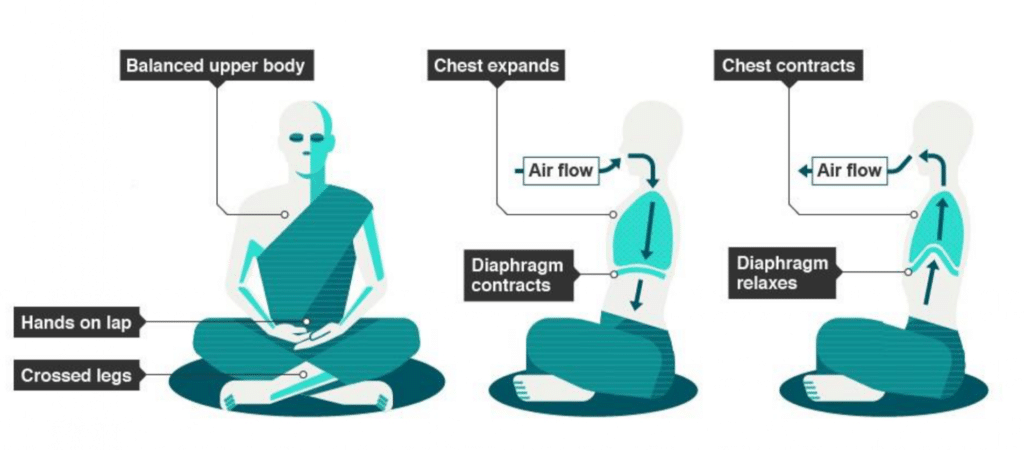
Benefits:
The proper use of the diaphragm causes expansion of the alveoli,
improves lung function, massages the liver, stomach, intestines and other
organs that lie immediately beneath it, exerts a positive effect on the cardiac
functions and coronary supply and improves oxygenation of the blood and
circulation.
Note:
In abdominal breathing the air fills the lower lobes of the lungs. Avoid
movement of the chest.
DIAPHRAGMATIC BREATHING
- When the diaphragm is functioning effectively in its role as the primary muscle of inspiration, ventilation is efficient and the oxygen consumption of the muscles of ventilation is low during relaxed (tidal) breathing.
- When a patient relies substantially on the accessory muscles of inspiration, the mechanical work of breathing (oxygen consumption) increases and the efficiency of ventilation decreases.
- Although the diaphragm controls breathing at an involuntary level, a patient with primary or secondary pulmonary dysfunction can be taught how to control breathing by optimal use of the diaphragm and decreased use of accessory muscles.
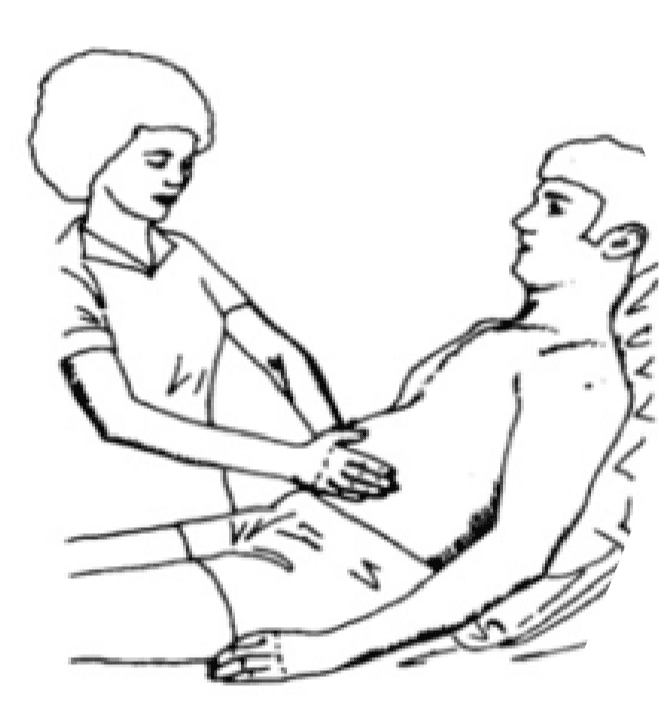
The semireclining (as shown) and
Fowler’s positions are
comfortable, relaxed positions ir
teach diaphragmatic breathing
1. Improves blood
oxygenation – allows
more efficient gas
exchange to take place
3. ‘Massages’ the
abdominal organs –
improving digestion

2. Reduces stress
(cortisol) levels –
activates the ‘rest and
digest response
4. Relieves tension in the
neck and shoulders and
contributes to good
posture
Thoracic (Intercostal) Breathing (Madhyama):
Thoracic breathing utilizes the
middle lobes of the lungs by expanding and contracting the rib cage. It
expends more energy than abdominal breathing for the same quantity of air
exchange.
This breathing happens with physical exercise and exertion, as well as stress
and tension, when it helps the body to obtain more oxygen. However, the
tendency is to continue this type of breathing long after the stressful situation
has passed, creating bed breathing habits and continued
tension.
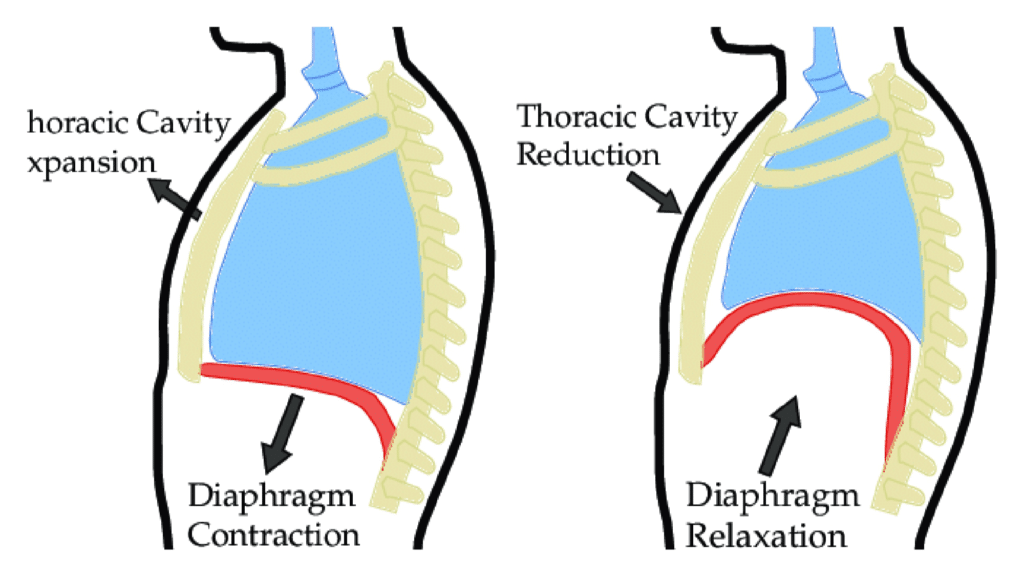
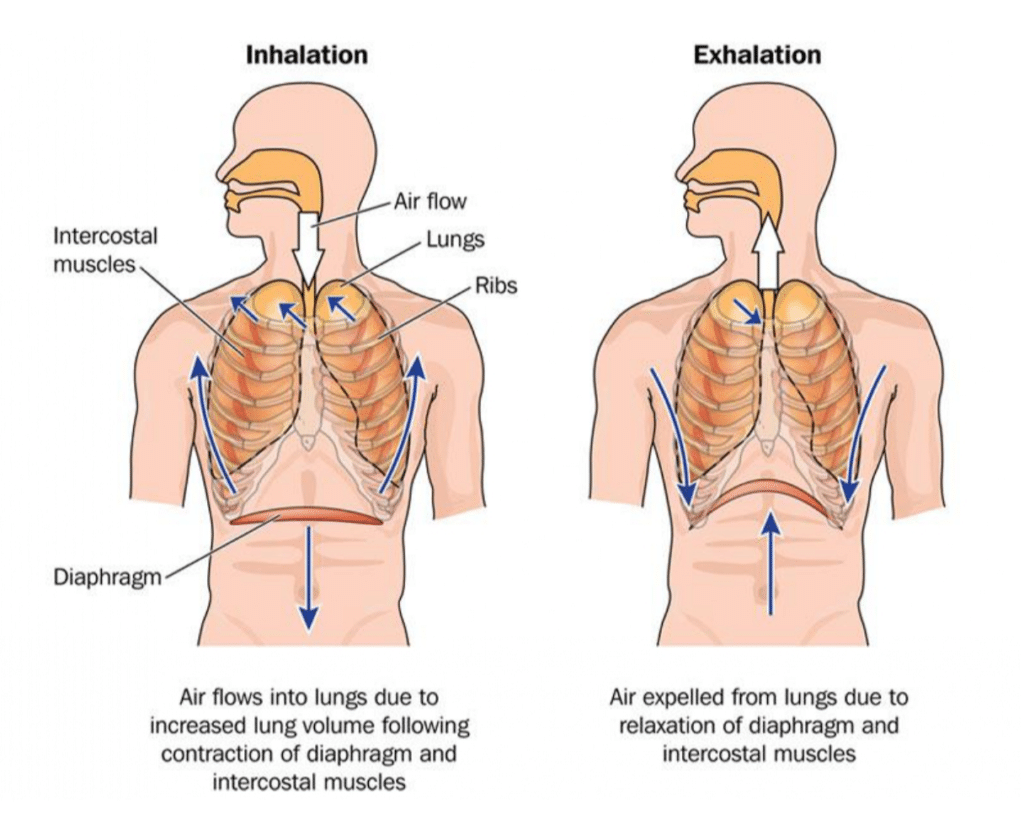
Benefits:
A positive
side effect is that
the muscles
between the ribs
are worked making
the upper body
suppler.
Note:
Avoid
movements of
abdomen.
Clavicular Breathing (Adya):
Clavicular breathing is the final stage of total rib
cage expansion. It occurs after the thoracic inhalation has been completed.
In order to absorb a little more air into the lungs, the upper ribs and the
collar bone are pulled upwards by the muscles of the neck and throat. This
requires maximum expansion on inhalation and only the upper lobes of the
lungs are ventilated.
In daily life, clavicular breathing is only used under conditions of extreme
physical exertion and when experiencing obstructive airway diseases such as
asthma.
Clavicular Breathing (Chest Breathing)
- Chest rises during inhalation and falls during exhalation.
- Present in many beginning students.
Correction:
- Establish good posture
- Encourage the student to breathe more deeply (in, down and out) and to maintain the expansion as they sing.
Benefits:
Clavicular
breathing is not effective
on its own but
incorporated into a full
yogic breath, can have
positive health affects
including strengthening
various areas of the lungs.
Note:
Try and avoid
movements of the abdomen
and chest.
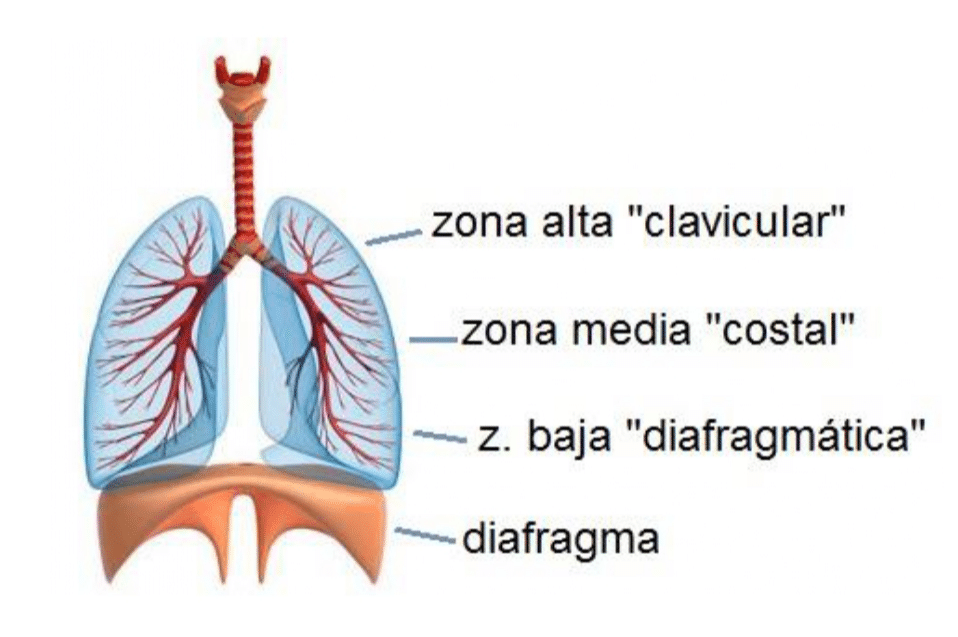
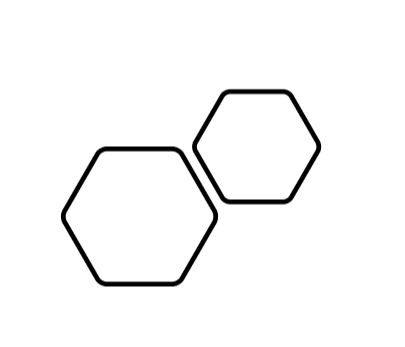
Full yogic Breathing:
Full Yogic Breathing combines the previous three
techniques. It is used to maximize inhalation and exhalation. Its purpose is
to gain control of the breath, correct poor breathing habits and increase
oxygen intake. It may be practiced at any time and is especially useful in
situations of high stress or anger for calming the nerves.
However, while its inclusion in a daily yoga program will correct and deepen
natural breathing patterns, yogic breathing itself should not be performed
continually.
- A full yogic breath is like a slow wave: first filling the abdominal parts of the lungs fully, then the intercostals, and finally, the subclavial parts
- In a healthy and natural breath, all three variations occur.
- The exhalation is slightly slower then the inhalation - until the lungs are completely empty (exhalation should last approximately twice as long as the inhalation).

Benefits:
The purpose of this practice is to make the practitioner aware of the
three different components of respiration (Abdominal, Thoracic and Clavicular)
and incorporate them into full yogic breathing.
Even 10 Minutes of full yogic breathing daily can work wonders.
- Practitioner can acquire more power and vitality
- Calmness in daily activities.
- Thinking and clarity of thought improve,
- When you feel tired or angry practice of full yogic breathing will help in calming down your mind and energizing it.
Note:
The whole process should be relaxing and comfortable, without any
tension in the face.
TYPES OF PRANAYAMA AND BENEFITS:
There are about 50 types of Pranayama which are described in the yoga Shastras.
The following Pranayama are practicing commonly.
- Anuloma and Viloma Pranayama
- Chandra Anuloma Viloma Pranayama
- Surya Anuloma Viloma Pranayama.
- Chandra Bhedana Pranayama.
- Surya Bhedana Pranayama
- Nadi Shodhana Pranayama.
- Kapalbhati Pranayama
- Bhastrika Pranayama
- Ujjayee Pranayama
- Bhramari Pranayama
- Sheetali Pranayama
- Sheetakari Pranayama
- Sadanta Pranayama
ANULOMA AND VILOMA PRANAYAMA:
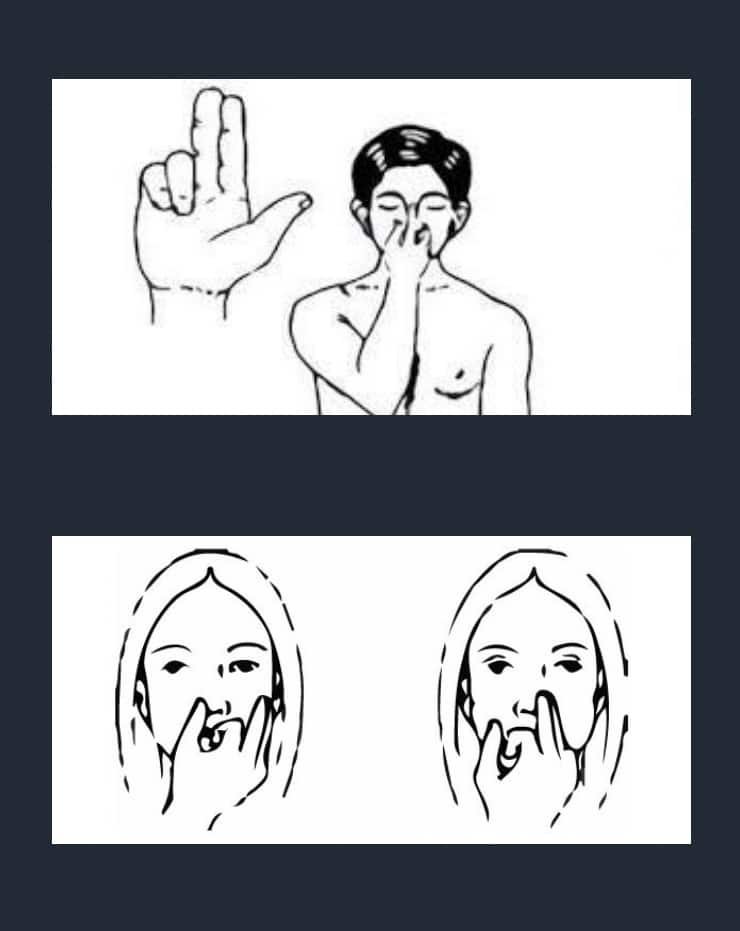
CHANDRA ANULOMA VILOMA PRANAYAMA.
Sit in any meditative posture or any comfortable sitting
posture with head and spine straight. Close the eyes and
relax the whole body.
Benefits:
It lowers the high blood pressure
Beneficial for anxiety and mental tension.
It is a cooling breathing practice
The body becomes cool
It will help to calm down the mind
Do not practice in winter.
Note:
Time taken for exhalation should be longer than Inhalation.
Anxiety patients may practice this Pranayama 27 rounds before breakfast,
Lunch, Dinner and before sleep (4 times a day)


SURYA ANULOMA VILOMA PRANAYAMA.
Benefits:
It increases the heat in the body
Purifies the blood and improves digestion.
Cures the problem of gas in the abdominal region
Beneficial for depression patients and weight reduction
Cautions:
Avoid this Pranayama practice during summer. Not
recommended for anxiety, high blood pressure, heart disease
and underweight persons.
- Chandra is the moon, Bhedana means passing through. In Chandra Bhedana Pranayama inhalation is done through the left nostril and exhalation through the right.
- It is said that energy passes through Ida (Chandra) Nadi on the inhalation and through the Pingala or Surya Nadi on the exhalation. These are larger Nadis that hold the balance of magnetism and energy created by the sun and moon. They travel from the base of the spine to the point between the eyebrows.
Benefits:
This helps in curing chronic
cold, cough, sinusitis and
tension headaches. Also
increase the digestive fire.
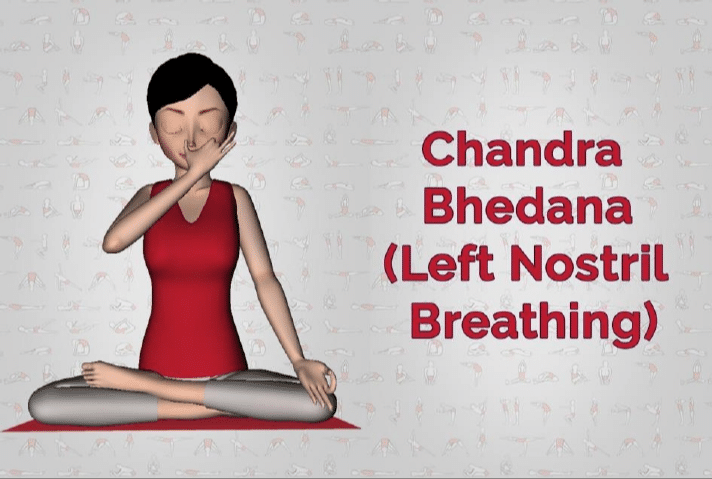

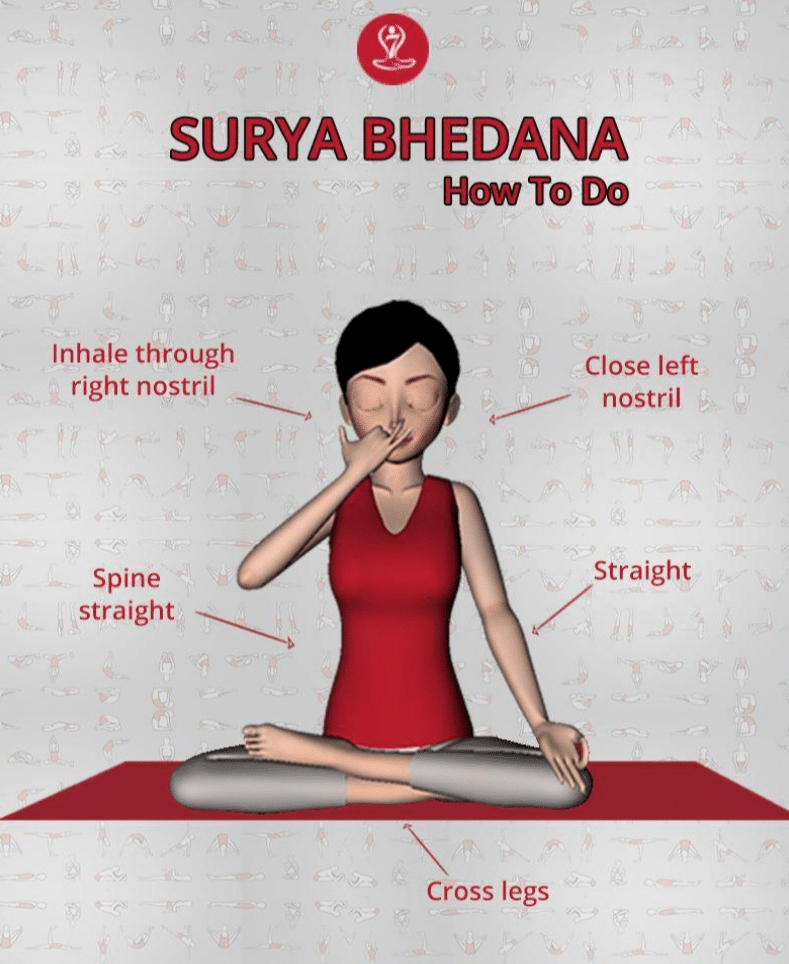
SURYA BHEDANA PRANAYAMA
This is a breathing technique in which air
is drawn into the lungs through the right
nostril and out through the left.
It is said that the air moves through
energy lines called nadis.
In this breathing exercise air moves in
through the Surya (Sun) Nadi or Pingala
energy line on the inhalation and through
the Chandra (Moon Nadi) Ida on the
exhalation
Caution:
People suffering from heart disease, hypertension or epilepsy
should not practice this pranayama.
Benefits:
- This practice creates heat in the body and counteracts imbalances of the vata dosha or wind element. It stimulates and awakens the pranic energy by activating Pingala Nadi.
- It enables physical activities to be performed more efficiently and helps to alleviate depression. It is especially recommended for those who are dull and lethargic or who find it difficult to communicate with the external world.
- It makes the mind more alert and perceptive and is an excellent premeditation pranayama.
- It is also useful in the treatment of low blood pressure, infertility and worms.
A literal translation of the term Nadi Siddhi means ‘the
purification of the invisible energy channels’.
Nadi Suddhi Pranayama is also referred to as alternate Nostril
Breathing.
Nadi Shodhana Pranayama is performed by inhaling through
one nostril and exhaling through the opposite nostril.
Then inhaling through the same nostril that was used in
exhalation and switching nostrils after each inhalation. So, get the
flow of air in Nadi Shodhana is by inhaling through the left nostril,
exhaling through the right nostril, inhaling through the right
nostril, exhaling through left nostril.
Benefits:
- Cleanses and tones up the entire nervous system.
- People suffering from cough and cold benefit greatly
- Heart get strengthened.
- Blocked nostrils are cleared.
- Removes the mental tension and worries.
- Induces feeling of peace.
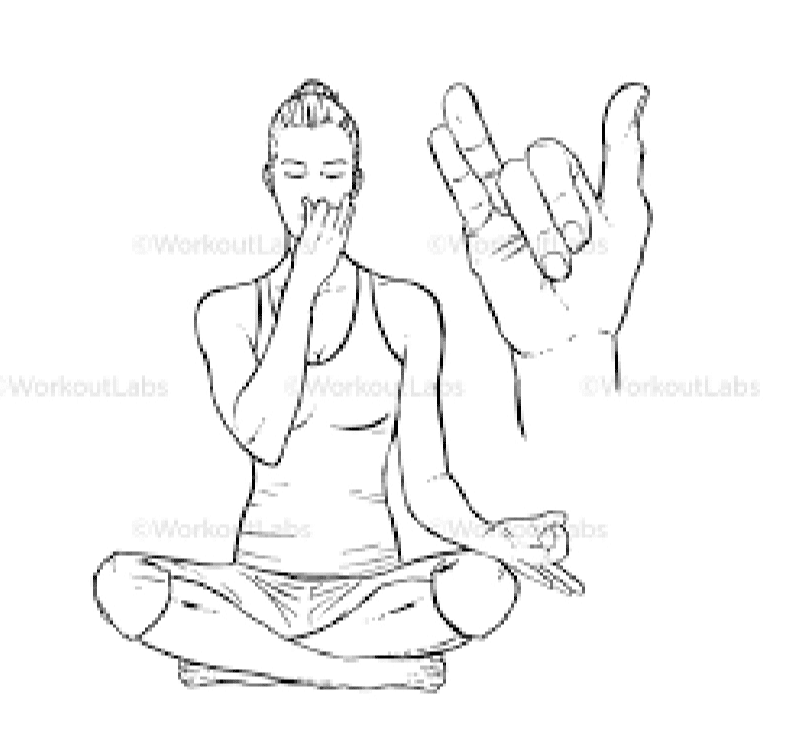

UJJAYI PRANAYAMA
The word “Ujjayi Pranayama” made from the Sanskrit prefix “ud” and “ji” “ujji”,
Ujjayi which means “Victory”, “one who is victorious”. Thus, the Ujjayi breath
means “victorious breath”. The process of Inhalation (breath in) and exhalation
(breathe out) are both done through the nostrils. During the process of Inhalation
(breathe in or Poorak) the “ocean like sound” is formed by moving the glottis as air
passes in and out.
The sound is produced because of the friction of air within the throat; a typical
sound like the ocean is made. (The sound is completely different from the sound
emitted from the larynx) hence, the Pranayama is termed as Ujjayi Pranayama. By
this it is also called as “Sound Breath” or “Ocean sound breath”.
Ujjayi Breathing
- A balancing and calming breath which increases oxygenation and builds internal body heat
- Inhalation and exhalation are both done through the nose. Sound is created by narrowing the airway as air passes in and out - as it would narrow with a whisper. Try whispering as you breath in and out.
- The length and speed of the breath is controlled by the diaphragm
- You will feel a faint rubbing/vibration in the throat
- The inhalation and exhalation are equal in duration and are controlled in a manner that causes no distress
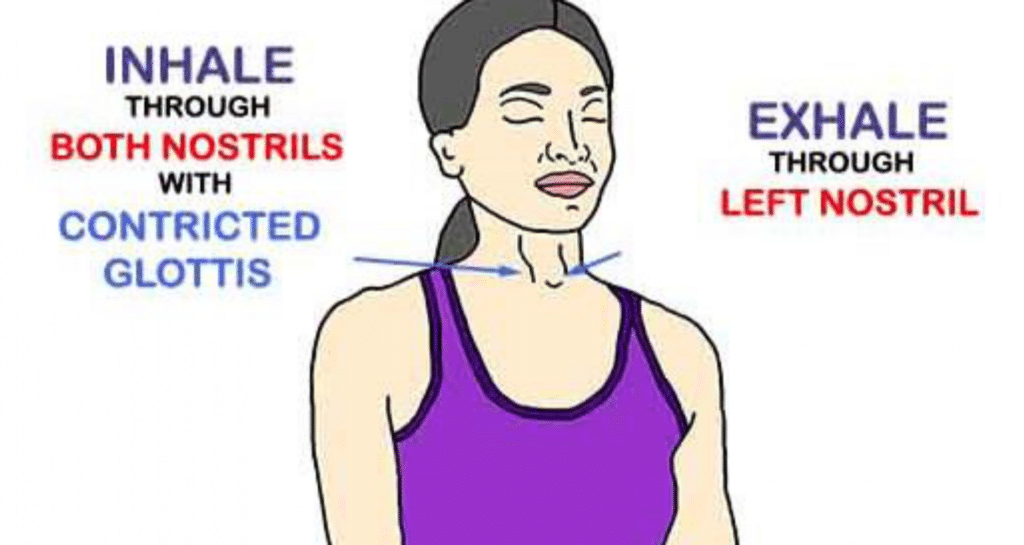
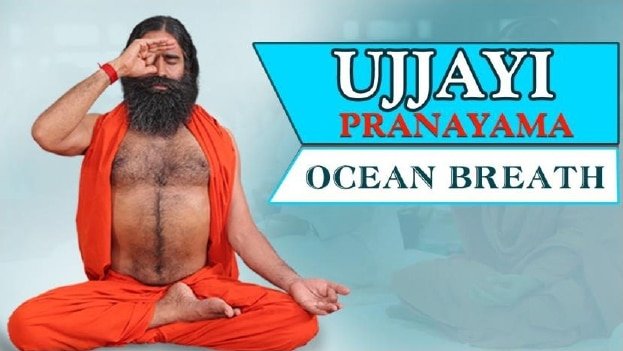
Practice:
- Sit in any meditative pose like Padmasana (Lotus pose) with eye closed and try to keep your spine erect.
- Take a long, deep breath slowly from both the nostril (inhale or breath in)
- While breath in trying to contract the throat, and feel the touch of air in your throat.
- Remember one thing air should not touch inside the nose.
- As air touches the throat a peculiar sound is produced.
- Enable the breath to be light and relaxed as you slightly contract the rear of your throat, making a gentle hissing sound as you inhale and out. The sound isn’t forced; however, it ought to be loud enough so if somebody came near you they’d hear it.
- Now breath out by closing your right nostril and exhale from the left nostril. Try to produce the sound ‘HHHHHAAAA’ while exhaling.
Benefits:
- It is boost the focusing power of mind.
- Body becomes healthy, strong and lustrous.
- It generates the internal heat.
- Gives a positive attitude.
- Very helpful in clearing blocked arteries, regulates cholesterol.
- Helps in cataracts and sinus problems, Rheumatism and migraine also.
- It lowers the risk of heart attacks
- Prevents thyroid problems and makes voice sweet and melodious.
- Best for those people who are in singing profession.
- Beneficial in chronic cold, cough, indigestion, liver problems, dysentery, fever and other diseases.
- Best for arousing Kundalini, meditation.
- Increases the concentration power
- Improve lisping problems in children.
- Very helpful in Asthama problem and other respiratory diseases.
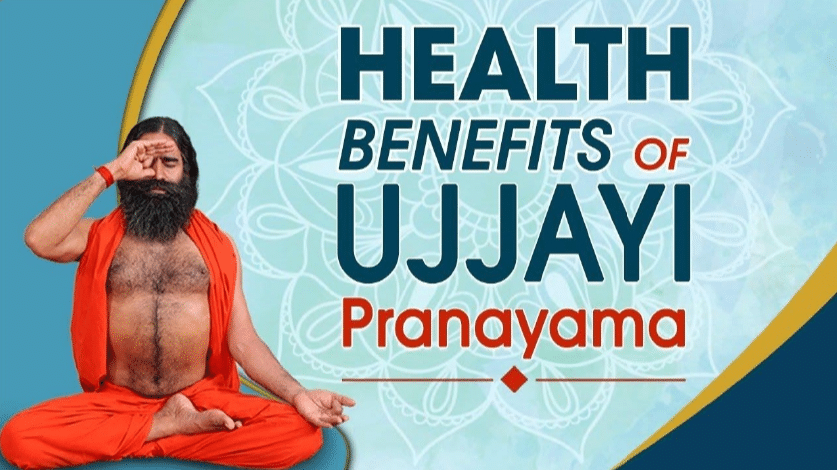
BHRAMARA/BHRAMARI PRANAYAMA.
Bhramari Pranayama is made from the Hindi word “Bhramar” in Indian
language) which means Bumble Bee and the meaning of Pranayama is
breathing technique so it can also be called ‘bee breath’.
In Bhramari Pranayama the exhalation sound is very resembles to the
humming sound of a bee, by this it is named as Bhramari pranayama.

- Sitting posture.
- Mouth is in closed condition
- Close ears with thumb.
- Fore fingers on fore head.
- Close eyes, gentle pressure remaining three fingers on eyelids. Breathe in - inhale fully. (Exhale) slowly and fully.
- Repeat 3 to 7 times.
- Benefits as explained.
Benefits:
- This is the best method to achieve concentration of mind.
- It opens the blockage and gives a feeling of happiness to mind and brain.
- Beneficial in relieving from hypertension.
- It relaxes the mind and lowers stress.
- Helps in High blood pressure and heart problems.
- With the help of this, mind becomes steady, lower mental tension, agitation etc.
- Helpful in curing Paralysis and migraines.
- All ages people can try this breathing exercise including pregnant women.
- In the time period of pregnancy, it helps to maintain and regulate the functioning of the Endocrine system and provide easy child birth.
- It is very good for Alzheimer’s disease.
- Most effective Pranayama for awakening the Kundalini
- Improves voice and creates awareness of Nada.
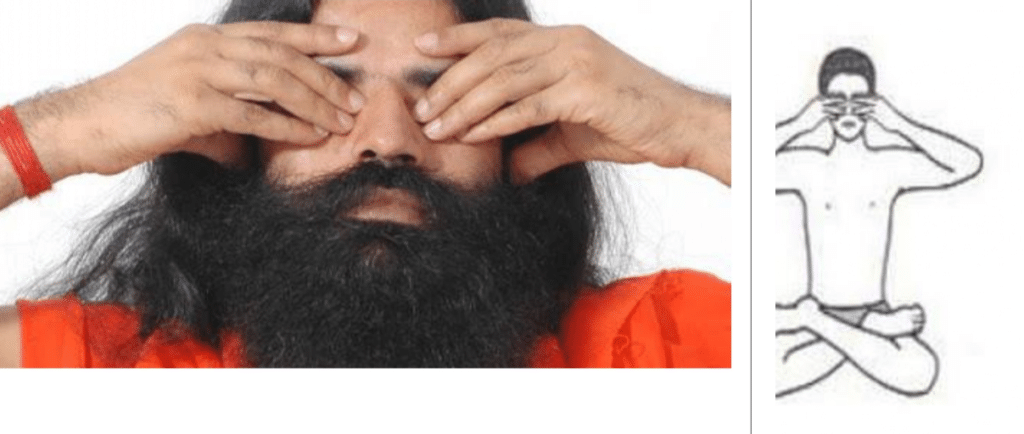
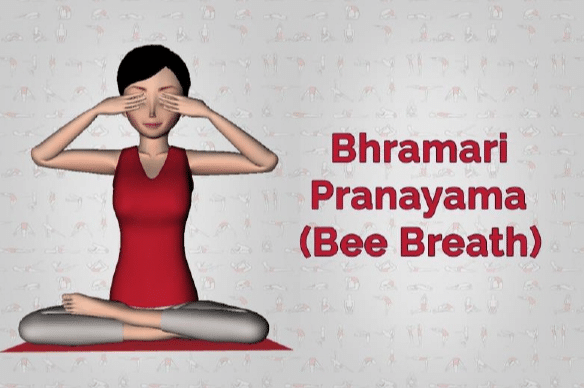
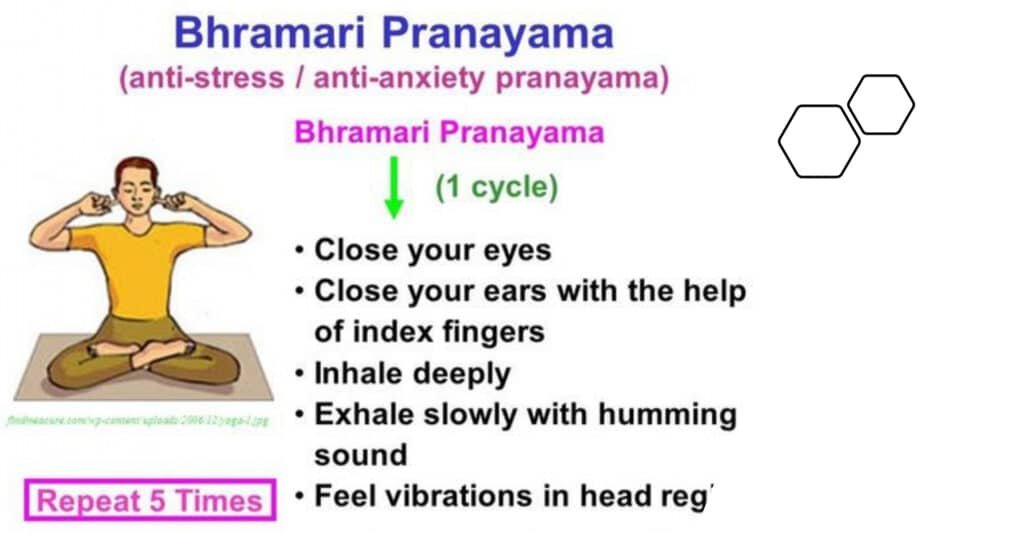
Cautions:
- Do Bhramari Pranayama after completing the Anuloma Viloma Pranayama.
- Don’t press your ear cartilage too hard while doing Bhramari Pranayama
- Do all the pranayama in morning with empty stomach. If you are doing Pranayama in evening then keep a several gaps between Pranayama and your meal.
- Do all the Yoga postures and breathing exercises under the yoga expert Guru or teachers.
- Do not put your finger inside the ear but, you have to only gently press the ear cartilage.
SHEETALI PRANAYAMA
Shitali means cooling.
This pranayama cools the
system and hence the name. It
can be practiced at any time, at
any place and whenever
necessary.
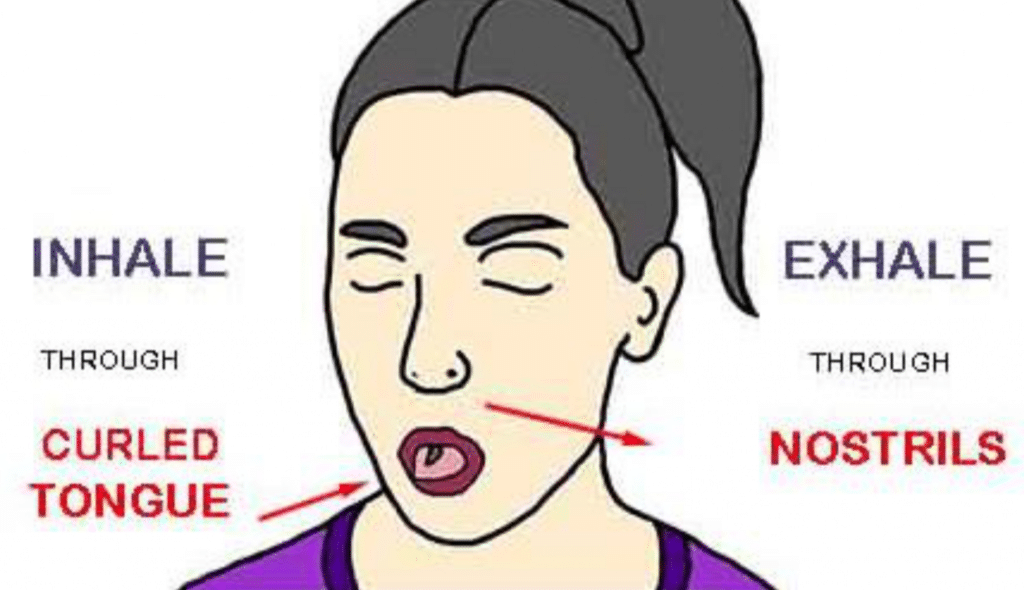

Benefits:
- Sheetali Pranayama is useful in diseases which related to tongue, mouth and throat
- It is very beneficial in diseases of anger.
- Helpful in fever and indigestion.
- Controls the High B.P
- Useful in Pitta related diseases.
- It purifies the blood.
- Best for cooling down the body temperature.
- Best for fighting against the Insomnia problem.
- It calms the mind, and it’s an effective stress buster.
- If our mind is calm we can easily deal with anger and anxiety.
- Effective in hyperacidity.
SHEETKARI PRANAYAMA
- Open the lips & fold the tongue inward towards the throat.Touching the tip of the tongue against the upper palate.
- Keep the upper and lower teeth together.
- Inhale deeply & gently through the teeth with opened eyes with a sound like...c...c...c & feel the coolness at the back of the throat.
- Then keep the lips closed & relax the tongue.Close the eyes and hold the breathe as much as you can.
- Slowly slowly exhale through the nose without opening the mouth & feel the coolness of the breath into your entire nervous system & the mind.
- The practice of Sheetkari Pranayama can be done fearlessly for 20-30 minutes.

“The air passing via tongue,
cools the blood, lowering the
temperature of the blood.
This type of Pranayama
removes excess heat in the
body. Also the diseases like
acidity, hypertension etc.
This Pranayama harmonizes
the secretions of reproductive
organs and all the endocrine
system. Also it improves
digestion, lowers High Blood
pressure, purifies the blood”.
UTTER NONSENSE?
Practice:
Sit in any meditative posture or any comfortable sitting posture with head and spine
straight. Close the eyes and relax the whole body and breathe deeply
- Press the upper teeth on the lower ones.
- Suck in air through the crevices of the teeth slowly and cautiously. The tongue should be at the back of the teeth.
- Allow the breath to stop automatically. Exhale through both nostrils
- Hold the breath comfortably for a while before the next inhalation.
- Practice for 15 to 18 rounds.
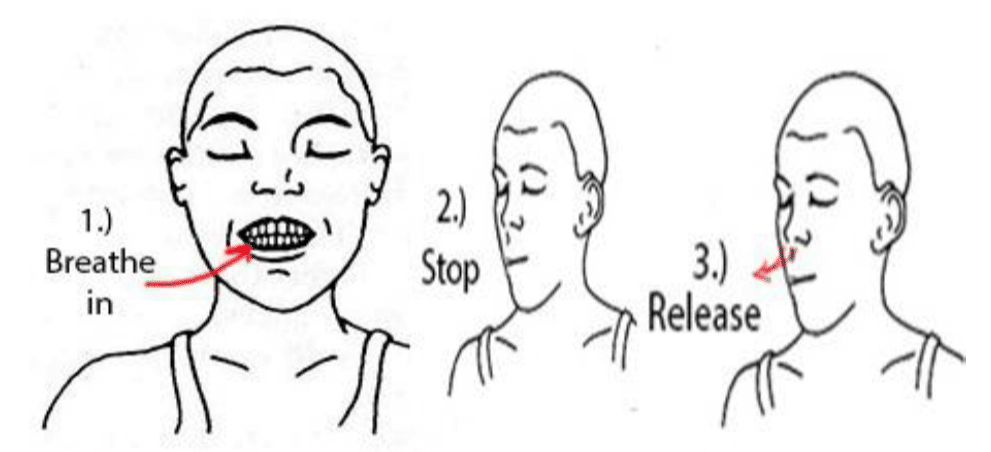

Benefits:
- This breathing techniques prevents the sensitive of teeth problems with teeth and alleviates the pain.
- Relaxes the oral cavity overall.
- People who have depression, high tension and who work in night by straining their eyes, this is a beneficial one.
- Calms the mind, removes mental tension and anxiety.
- Increases resistance to respiratory system diseases.
- Highly beneficial to people with pyorrhea and hypersensitivity of gums.
BENEFITS OF PRANAYAMA.
- Pranayama helps to improve the blood purification by adding more oxygen through proper breathing technique.
- Pranayama helps to Healing of injuries
- Pranayama helps to reduces the body weight by regular practicing
- Pranayama helps to removal of Toxin present in the body.
- Pranayama increases stamina and increase the good digesting power by more oxygen supply to human nervous system through breathing methodology
- Pranayama helps to Physical vitality and make the natural breathing habitant.
- Pranayama helps to altered states.
- Pranayama helps in Emotional calm.
- Pranayama helps to improve the mental clarity.
- Pranayama helps to improve the spiritual powers (siddhis).
- Pranayama helps to bring peace and wellbeing.
- Pranayama helps to make Nervous system purification.
- Pranayama helps to flow more oxygen to the brain and it increases the memory power
- Pranayama helps to prevention of disease entering the body.
- Pranayama helps to controls the five human senses of organs by proper breathing techniques.
- Pranayama helps to increases the concentration of the mind and body.
- Pranayama helps to removes carbon dioxide from the body and make the body light and healthy.
- Pranayama helps to control ageing.
- Pranayama makes oxygen circulation smooth, helps in weight regulation by melting fat as more oxygen burns more fat.
- Pranayama helps to provides lightness to the body, acts as diseases destructor, brings vigor and power
- Pranayama helps in lungs expansion there by improves its efficiency and makes it healthy.
- Pranayama helps in contending blood pressure and heart diseases; makes digestion smooth.
- Pranayama helps to cures the phlegm, mucus and tonsillitis problems. Makes your gums and teeth healthy.
- Pranayama brings stillness and calmness to the mind, increased concentration and stability of mind, Pranayama is good for physical, mental and spiritual happiness.
- Pranayama makes you free from constipation and indigestion problems.
- Pranayama stimulates autonomic nervous system, sympathetic nervous system and parasympathetic nervous systems. It helps to ease stress, anxiety and tension. It also eases depression, dullness and lethargy.
- Pranayama practice provides freedom from negative and harmful mental conditions like anger, depression, greed for money, arrogance etc.
- Pranayama practicing helps to fluctuations of mind are controlled and it prepares the mind for meditation and you will start experiencing lightness of body, feeling of inner peace, better sleep, better memory and better concentration whereby improving the spiritual powers/ skills.
- Pranayama techniques are beneficial in treating a range of stress related disorder
- Pranayama improves the autonomic functions.
- Pranayama helps to relieving the symptoms of asthma.
- Pranayama helps to reduce the signs of oxidative stress in the body.
- Practicing pranayama everyday can assist in steady mind, strong will power and sound judgement.
- Regular pranayama can extend life and enhance one’s perception of life.
- Number of studies show that pranayama causes change in the cardio respiratory system including lowering of blood pressure.

